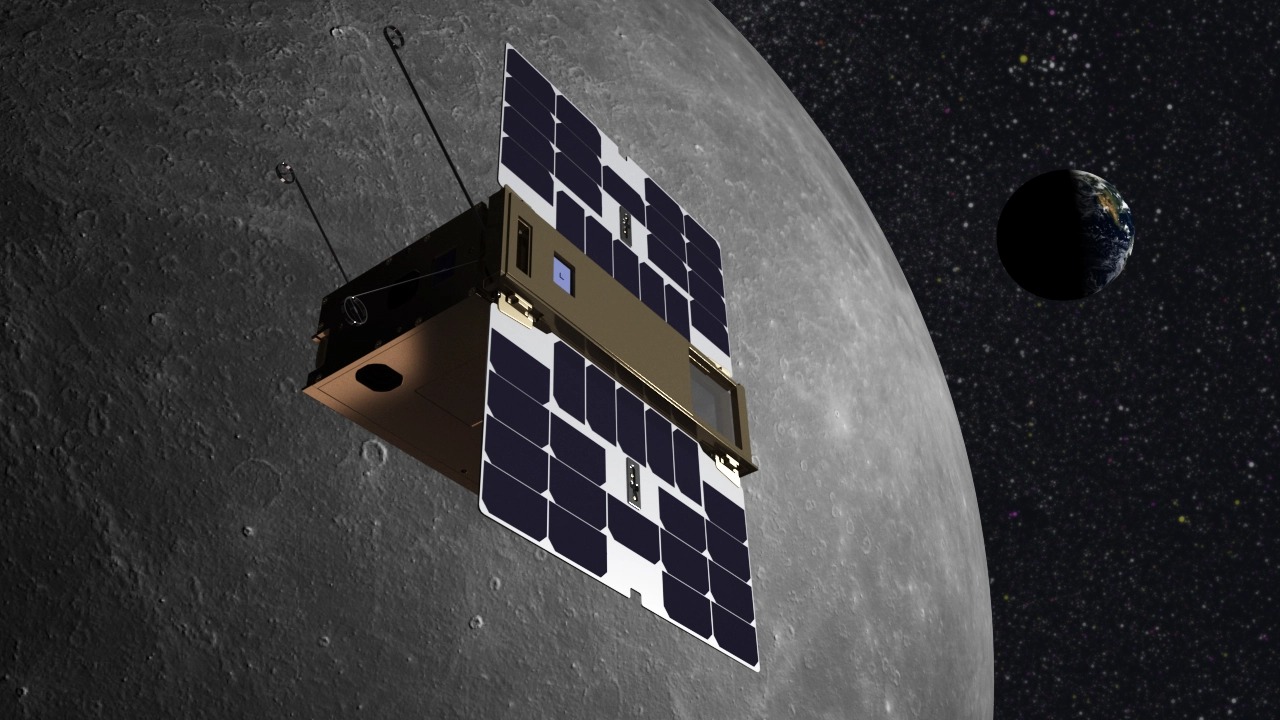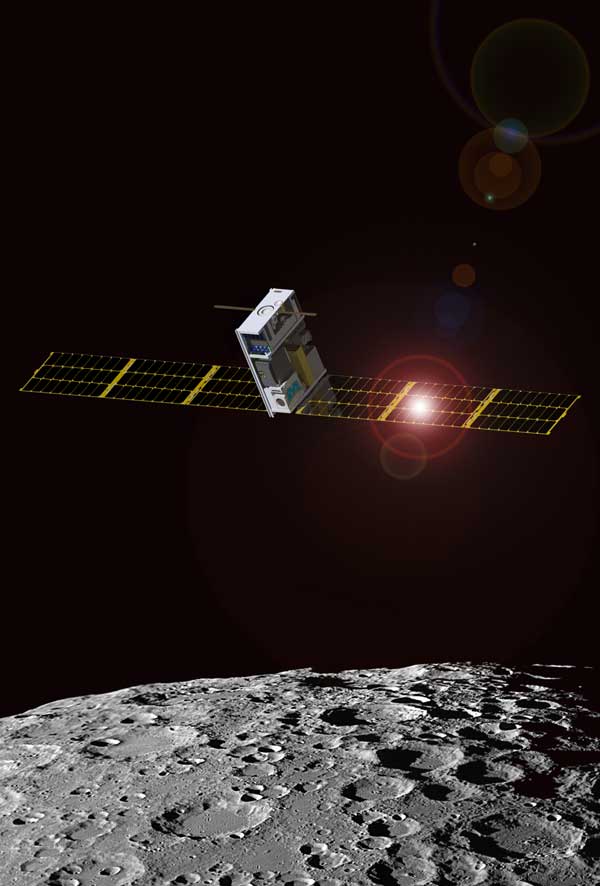On the way of the Orion spacecraft to the Moon, as part of the Artemis I mission, ten tiny cubesat satellites were gradually released and deployed. Their goal is to carry out various scientific missions at a great distance from Earth from different space companies. Most of them successfully get in touch, but some still “haven’t called home”.

NASA officials have confirmed that ArgoMoon, Biosentinel, EQUULEUS, LunaH-Map and Lunar IceCube are working properly. But others have found communication problems, and some do not respond at all to requests from the control center on Earth.
Problems with cubesats arose back on Earth during the September hurricane, when the NASA SLS launch vehicle was hidden in a hangar to protect it from damage during bad weather. NASA recharged some of the cubesats’ batteries during the hurricane. But the engineers could not get to all of them because of access problems in very cramped conditions: they would have to get all the satellites, which would further delay the launch.
Giorgio Saccoccia, president @ASI_spazio: Beautiful photos of the Earth and the Moon, our next home thanks to the #Artemis program!They were taken by our cubesat Argomoon in its transfer journey after the separation from the SLS, essential to return humanity to the Moon! pic.twitter.com/dscSRdJ6zy
— Agenzia Spaziale ITA (@ASI_spazio) November 19, 2022
On Twitter, you can see the publications of different agencies, which include individual cubesats. Impressive images have already been received from ArgoMoon, which show the Moon and the Earth. EQUULEUS and Luna-H-Map are on their way to fly around the Moon, their official Twitter accounts are active, which means that they are working properly. Lunar IceCube and CuSP are also working properly after the deployment on November 17.

The rest of the satellites either lost contact or did not get in contact with the Earth at all from the moment of launch. For example, OMOTENASHI initially responded to requests, but then suddenly stopped, so its status remains uncertain. Terran Orbital, which manages the LunIR cubesat, has not provided information about its deployment since its launch on November 16. Also, NEA Scout and Team Miles did not get in touch.
Earlier we reported on how NASA lost contact with the CAPSTONE cubesat.
According to Parabolicarc
Follow us on Twitter to get the most interesting space news in time
https://twitter.com/ust_magazine

